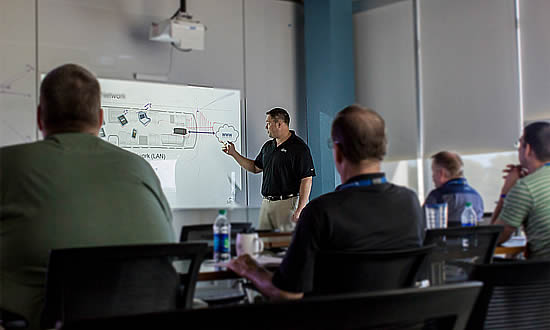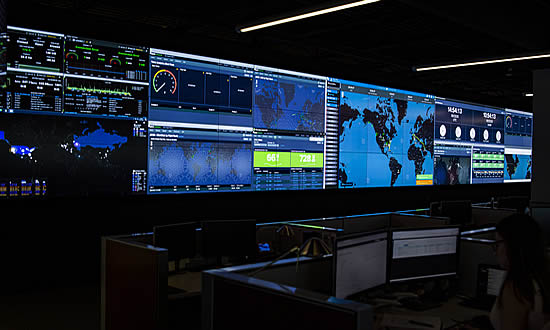 |
According to Cybercrime magazine’s January 2021 report Cyberwarfare in the C-Suite, global cybercrime will cause damages of up to USD$6 trillion this year. To put this in context, if cybercrime were a country, it would be the third largest economy after China and the US.
As travel restrictions ease and more aircraft take to the air again, we are definitely noticing a rise in attempted cyber events in the skies. As demand for connectivity at altitude escalates exponentially, so does the risk of a cyber event. An aircraft is as susceptible to a cyber threat as an office, even though the general impression is that the risk of attack is reduced at altitude. Simply put, altitude does not make aircraft safe from vulnerability, and the need for robust cyber protocols to protect data transmitted from digital devices, not just on the ground, but onboard private jets too, continues to be imperative.
We are constantly improving our already robust cybersecurity suite of solutions that, through a multi-layered approach, harnesses human expertise and technology, to deliver comprehensive protection.

EIS training gives crew, flight department and ops teams essential understanding of onboard connectivity systems.
The SD Entry into Service and training division has curated a syllabus that supports cabin crew, aviation IT specialists, and flight departments. We also educate customers and stakeholders on prevention and awareness, and detail best practise to mitigate risk. In response to the increased number of threats, we have just extended our training prospectus to meet the changing dynamics of the aviation connectivity landscape.
The latest addition is the Aviation CyberThreat Awareness Training course, which is purposefully less technical in terms of content. With the new program we are aiming to demystify the subject matter so a wider audience, including ground handlers, FBOs, passengers and other professionals forming part of the wider network of business aviation, can be made aware of the perils of ignoring cybersecurity protocols.
The self-paced, online training course enables users to complete it at their own convenience and is valuable for anyone using electronic devices connected with, or to, the network on an aircraft. It provides a comprehensive understanding of the cyber risk landscape, and details how making simple changes in digital behaviour and device handling can actively reduce the likelihood of a cyber event.
Beyond the human factors and social engineering, we also continue evolving our technology. Our recently launched Advanced Encryption Service has been developed to provide a protective cloak that adds a layer of security to safeguard in-flight data transmission. It is effectively the equivalent of a VPN, but for an aircraft, not an individual device.

NOC at SD World Headquarters.
Like all SD products, the Advanced Encryption Service is specified for business aviation and leverages our existing proprietary technology to apply the added encryption and security to inflight data.
The Satcom Direct Router, SDR platforms and the SD infrastructure, encrypts and anonymizes data while running it through a protected passageway to and from airborne devices. The service simplifies the data transfer process, eliminating the need for individual VPNs, which also reduces the bandwidth required to support the network. All this is done without compromising security, speed, or performance.
Our data security measures do not stop there. The SD Incident Response Team actively monitors and supports data behaviour during transmission from our NOC. Any abnormal patterns are noted, investigated and remedial advice is given as needed. Our ability to trace events before they happen allows us to intervene and take the necessary steps to shut down attempted cyber attacks, limit the damage, and address the root causes of any events.
Of course, the only way to remain completely secure is not to fly, or not use digital devices. This is far from the practical reality, which is why cyber vigilance is critical. It is a matter of if and not when a cyber-attack will be attempted. Now is the time to develop a cyber posture to protect aircraft and fleets. Think of it as investing in financial, reputational, and technical welfare insurance as the alternative could be devastating.

BlueSky Business Aviation News | 16th September 2021 | Issue #621



